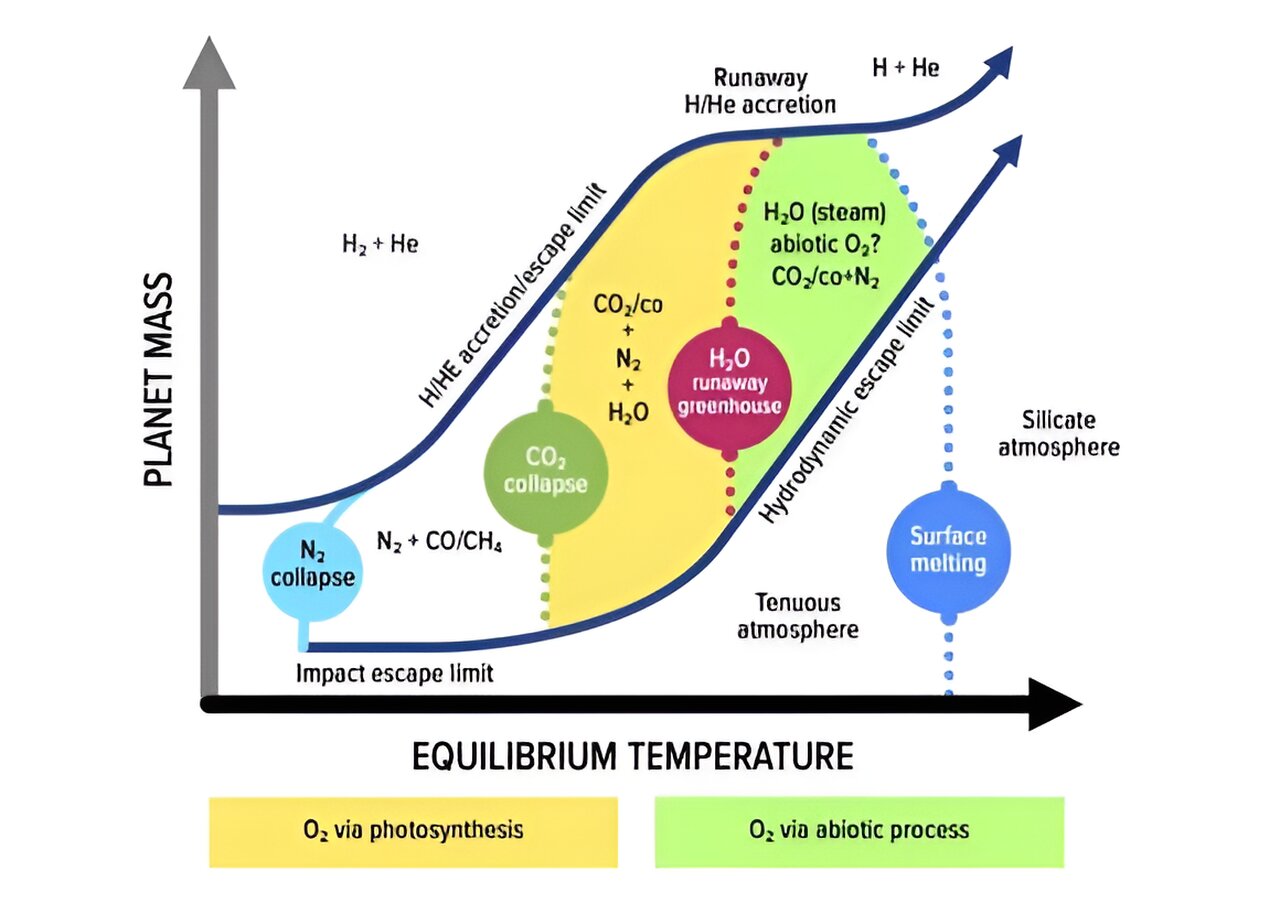Imagine, nearly 2 million years ago, a species of upright apes called Homo erectus discovered the power of fire. It was a transformative journey, from simply using natural fires to becoming masters of creating flames from flint and tender. We are their descendants, creatures of forge and kiln, hearth and home. Fire has become so integral to our existence that we could almost call ourselves homo ignus, the fire-wielding ape. It is the very essence of our civilization, cooking our food, keeping us warm, and illuminating our nights. This leads us to an intriguing question: Could we have built a civilization without fire?
Fire can only exist in an atmosphere with a high oxygen content. In atmospheres with less than about 18% oxygen, an open flame is impossible. Reliable ignition may require a level as high as 20%. Currently, Earth’s atmosphere contains 21% oxygen, but it has only maintained this level for the past 200 million years. For most of Earth’s history, open flames were not feasible. Interestingly, Earth is the only planet in our solar system with a significant oxygen level. This suggests that while planets may be abundant in the universe, planets where fire is possible could be rare. If fire is a prerequisite for civilizations to arise, atmospheric oxygen could be the limiting factor.
A recent study published on the pre-print server Arxiv focuses on this bottleneck. It examines the requirements for a planet to have an oxygen-rich atmosphere and finds that the constraints are quite strict. There are only two main ways to generate free oxygen in an atmosphere. The first is through biological processes, where living organisms produce oxygen via photosynthesis. The second is an abiotic process, where ultraviolet light splits water vapor in the upper atmosphere into hydrogen and oxygen.
The study reveals that the dominant mechanism depends on the size and temperature of a planet. At Earth temperatures, free oxygen is produced by living organisms. However, if a planet is too small, it cannot retain a sufficient atmosphere to support life. On the other hand, if a planet is too large, its atmosphere will be dominated by hydrogen and helium, making it impossible for living organisms to produce enough oxygen to surpass the 18% threshold. Therefore, inhabitants of an Earth-temperature super-Earth likely cannot experience open flames.
For hotter planets, the abiotic mechanism becomes dominant, but only if the planet is larger than Earth. Small hot planets lack a thick enough water vapor to generate significant amounts of oxygen. Venus serves as a prime example, being too warm for biotic oxygen but not large enough for abiotic oxygen. This means that if we discover super-Earths with a rich oxygen atmosphere, it likely arose through abiotic means. Nevertheless, living organisms could still harness that oxygen, potentially using fire to build a civilization.
The issue of atmospheric oxygen is complex, and this paper only scratches the surface. Its purpose is to outline the constraints on the ability to create fire on potentially habitable worlds. As we search for life beyond our planet, we may need to differentiate between potentially habitable worlds and potentially civilized worlds.
The latter may be far rarer than we once hoped.








